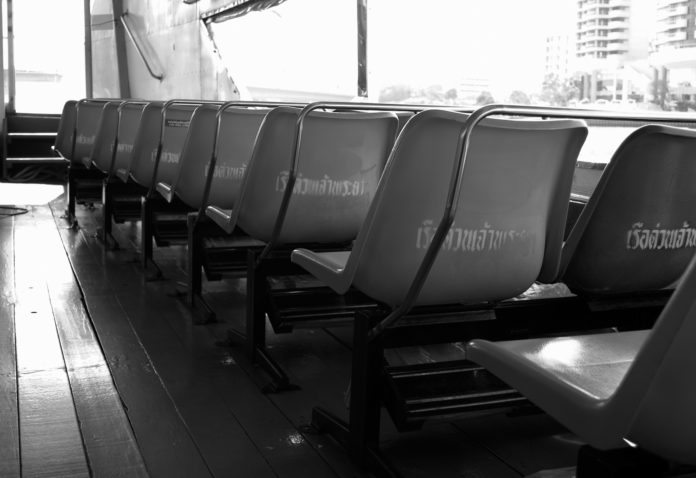
One new travel route in Thailand is welcomed as another is due to close.
The level of infrastructure is a good indicator of the development of a country. It shows how much a government has to invest and their understanding of how the infrastructure can aid the country.
There is a concerted effort to improve on the mass transit networks in Thailand. Bangkok’s BTS and MRT networks are being expanded to open up the suburbs of the city. The road network makes it easy to drive across the country. Plus there are copious budget airlines operating routes across the country for those looking to travel further afield.
At the weekend, the ferry service between Hua Hin and Pattaya was successfully launched. Delayed due to weather conditions, this is the first route operating across the Gulf of Thailand. Linking these two buzzing beach resorts allowing residents and holidaymakers to travel between the two in approximately 1 hour 40 minutes. Drastically cutting down the journey by road around the bay that could take anywhere between four and five hours.
The opening of this 113 kilometres trip by sea that serves up to 286 economy seats and 44 business class seats show the country’s progression. However, at the same time in Bangkok, the city’s Bus Rapid Transit (BRT) service has announced it will close. Providing a much needed route for many residents of Sathon, the route has been operating at a financial loss over its seven years.
The route takes up one lane of the road that is dedicated just for its buses. Some opposing the scheme argue that this leaves less space for those travelling by car. However, most developed cities in the world such as London and New York, have consciously made it more difficult for people to travel by car. Introducing bus and cycle lanes, as well as high penalties to park or even travel into the city. Simply as they want more people using public transport to ease congestion and to improve the air quality.
This begs the question as to why the BRT will be scrapped as of the end of April? Bangkok Metropolitan Administration, who operate the route, contract runs out at this time. However, throughout the operation the service has run at a loss of THB 200 million every year. These is in spite of travel fares being reduced in order to tempt more people to ride on it.
However, many users complain of buses being busy and not being able to use them at peak rush hours. Naturally there has been disappointment of this news as the BRT is so heavily relied upon by those who do not have access to their own car.
So whilst property in Pattaya and Hua Hin are likely to get a boast from the new ferry route, it will be interesting to see if property values located close to the BRT are impacted.














